Surprisingly, did you know that approximately 70% of pet owners admit to considering their furry friends as part of the family? When it comes to providing the best for our beloved pets, a “dog house kennel” stands out as a crucial investment. As a dog owner myself, I understand the importance of creating a safe and comfortable space for our canine companions. Join me in exploring how a dog house kennel can enhance your furry friend’s quality of life.
Key Takeaways
- Ensure the dog house kennel is appropriate for your dog’s size and needs to provide a comfortable and secure space.
- Regular maintenance and cleaning of the dog house kennel are crucial for your pet’s health and well-being.
- Consider safety features like sturdy construction, proper ventilation, and insulation to create a safe environment for your dog.
- Place the dog house kennel in a shaded area, away from direct sunlight or harsh weather conditions, to keep your pet comfortable.
- When choosing a dog house kennel, prioritize features like waterproof materials, raised floors, and adequate insulation for durability and comfort.
- Provide your dog with a cozy and safe retreat by selecting a dog house kennel that meets their size requirements and offers the necessary features.
Understanding Dog House Kennels
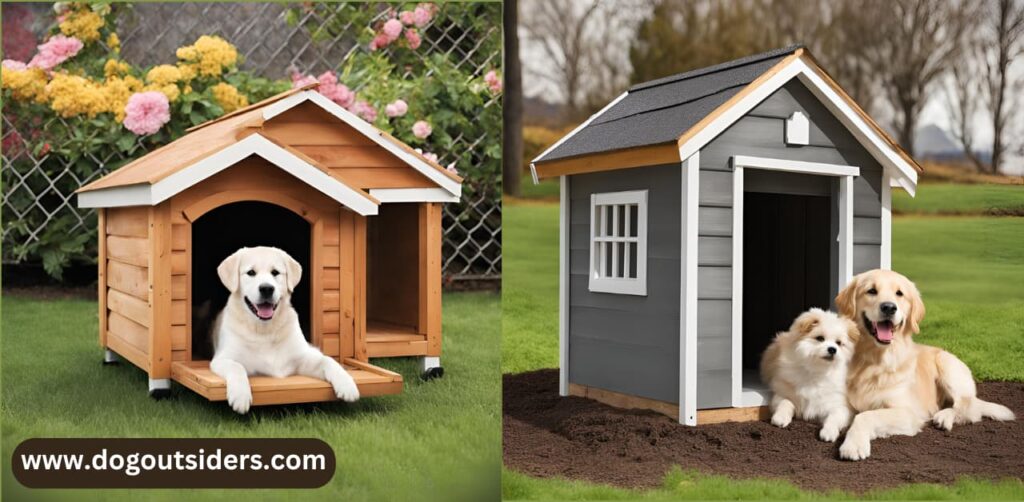
Primary Purpose
A dog house kennel serves as a secure and comfortable outdoor space for dogs, providing them with shelter from the elements and a sense of security. It offers a designated area where dogs can rest, play, and feel protected.
Key Components
- Roof: A crucial component that shields dogs from rain, snow, and excessive sunlight.
- Walls: Provide insulation and protection against wind and cold weather.
- Flooring: Should be elevated to prevent moisture buildup and ensure cleanliness.
- Door: Allows easy access for the dog while keeping out unwanted animals.
I remember when I first set up a dog house kennel for my furry friend. Seeing how excited and content he was exploring his new space made all the effort worthwhile.
Importance of Outdoor Space
Creating a safe outdoor space through a dog house kennel is essential for a dog’s physical and mental well-being. Dogs need an area where they can move freely, get fresh air, and engage in natural behaviors like digging or barking.
Pros:
- Provides dogs with the independence to spend time outdoors safely.
- Helps in training by establishing boundaries for play and relaxation.
Cons:
- Requires regular maintenance to ensure cleanliness and safety.
- Some dogs may not adapt well to confined spaces.
My dog loves spending time in his kennel, especially during sunny days when he can bask in the warmth without being exposed to direct sunlight.
Ensuring Comfort
To ensure maximum comfort for your canine companion, consider adding bedding, toys, and water bowls inside the dog house kennel. These elements enhance the overall Experience for your pet, making their outdoor stay enjoyable.
Benefits of a Dog House Kennel
Enhanced Safety
A dog house kennel provides a secure environment for your dog, offering protection from external threats. It ensures that your pet stays safe and sheltered.
Improved Behavioral Development
Having a designated space like a kennel helps foster positive behaviors in dogs by giving them a sense of ownership and territory.
Personal Experience: I noticed that my dog’s behavior significantly improved after setting up a kennel, making training sessions more effective.
Health Benefits
A dog house kennel promotes better physical health for your furry friend by encouraging outdoor activities and exercise, contributing to their overall well-being.
Reduced Stress Levels
The presence of a kennel can reduce anxiety levels in dogs, providing them with a cozy retreat where they can relax and unwind.
List:
- Ensures safety and protection
- Fosters positive behaviors
- Encourages physical activity
Increased Comfort
A well-designed animal shelter offers comfort to your pet, allowing them to have their own personal space within the outdoor area.
Personal Experience
My dog loves spending time in his kennel, especially during thunderstorms or fireworks, as it provides him with a sense of security.
Temperature Regulation
A dog house kennel helps in maintaining optimal body temperature for your pet, keeping them warm during cold weather and cool during hot days.
Types of Dog House Kennels
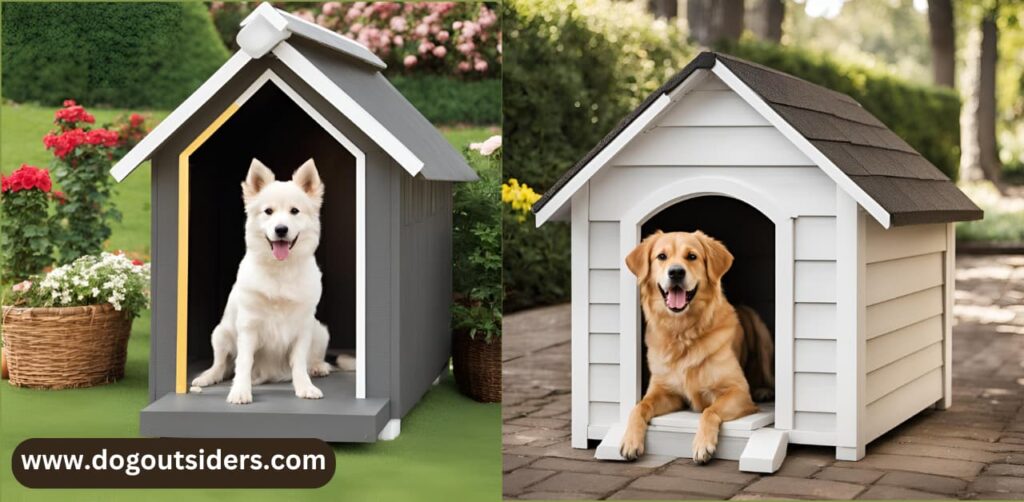
Size Comparison
When choosing a dog house kennel, consider the available sizes like 4×8 and 6×8 to ensure it fits your dog comfortably. Larger sizes provide more space for your furry friend to move around freely.
Material Variety
Dog house kennels come in various materials suitable for different climates. Consider wood for insulation in colder regions, while plastic kennels are great for warmer areas due to their durability and easy cleaning.
I once opted for a wooden dog house kennel due to its excellent insulation properties. It kept my dog warm during the winter months, providing a cozy retreat.
Customization Options
Explore customization options and upgrades available for dog house kennels to tailor them to your preferences. Add features like insulated walls, removable roofs, or porches for enhanced comfort and style. Customizing my dog’s kennel with a removable roof was a game-changer. It made cleaning and maintenance much easier, saving me time and effort.
Choosing the Right Size
Breed Consideration
When selecting a dog house kennel, it is crucial to consider your dog’s breed. Larger breeds like Great Danes will require significantly more space compared to smaller breeds like Chihuahuas. Ensure the kennel’s dimensions align with your dog’s size for optimal comfort.
Dimensional Comfort
The ideal dog house kennel size should allow your furry friend to move around freely without feeling cramped. Adequate space is essential for your dog to stretch, turn around, and lie down comfortably. A spacious kennel promotes better relaxation and overall well-being.
Ventilation and Insulation
Proper ventilation and insulation are key factors when determining the right size for a dog house kennel. Optimal airflow helps regulate temperature inside the kennel, keeping your dog cool in hot weather and warm during colder seasons. Adequate insulation ensures your dog stays cozy and protected from extreme temperatures.
Personal Experience:
I once purchased a dog house kennel that was too small for my Labrador Retriever. Seeing him struggle to move comfortably made me realize the importance of choosing the right size. Since then, I have always ensured that my husband’s dimensions are measured before buying any pet-related items.
Additional Tip:
Consider adding a soft cushion or blanket inside the dog house kennel for extra comfort. My dog loves having a cozy spot to rest, especially during nap times.
Key Features to Look For
Shingled, Wood Roof
A shingled, wood roof is crucial for a dog house kennel as it provides excellent heat regulation and insulation. The shingles help in keeping the interior cool during hot weather and warm during colder seasons.
Incorporating a shingled, wood roof can significantly enhance the overall comfort level of your furry friend. It ensures that your dog has a cozy and temperature-controlled environment all year round.
Raised Structure
Opting for a raised structure is essential to prevent flea infestation and improve climate control within the dog house kennel. Elevating the kennel off the ground helps in keeping pests away and provides better air circulation.
A raised structure also aids in maintaining cleanliness by preventing water from seeping into the kennel during rainy days. This feature contributes to a healthier and more hygienic living space for your pet.
Roof or Awning
Including a roof or awning adds an extra layer of protection by providing shade and shielding your pet from the elements. It offers a comfortable spot where your dog can relax without being directly exposed to harsh sunlight or rain.
Having a roof or awning ensures that your pet stays dry during rainy days and is protected from excessive sun exposure. It creates a cozy retreat within the dog house kennel, enhancing its functionality and comfort level.
Placement and Setup Tips
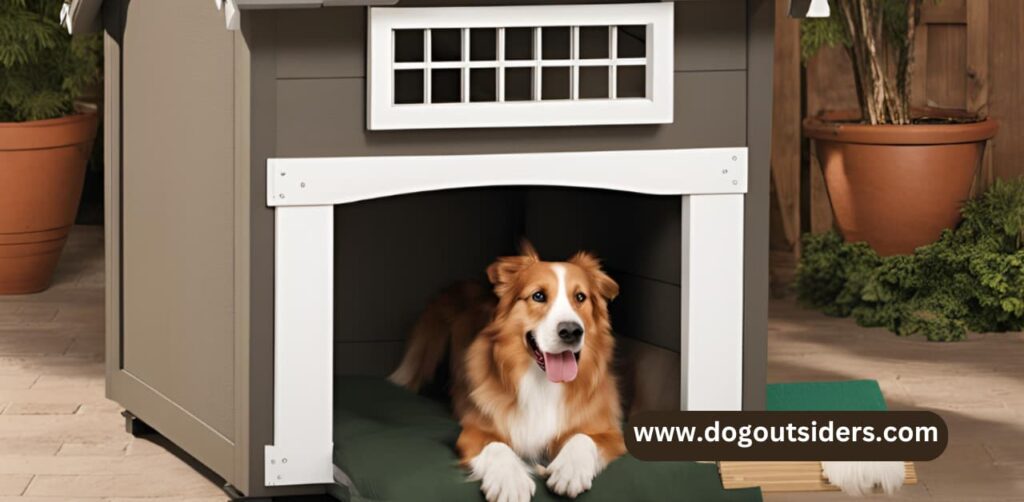
Ideal Placement
When considering where to place your dog house kennel, choose a location that provides shade and protection from the elements. This can be under a tree or next to a wall.
Ensure that the kennel is placed on a level surface to prevent any instability or wobbling. A flat area will also help maintain the structure’s durability over time.
To create a comfortable environment for your furry friend, position the kennel in an area with good drainage to avoid any waterlogging during rainy seasons.
Ventilation and Weather Protection
Proper ventilation is crucial for your dog’s health and well-being. Ensure there are ventilation holes or windows in the kennel to allow for adequate air circulation.
During hot weather, make sure there is sufficient airflow to keep the interior cool. Placing the kennel strategically can help minimize direct exposure to sunlight.
In colder climates, consider adding insulation to the walls of the kennel to provide warmth and protection from chilly temperatures.
Personal Insights
I found that placing my dog’s kennel in a shaded area not only kept him cool during hot days but also reduced his stress levels. It became his safe retreat during thunderstorms, too.
Ensuring proper ventilation was key in preventing any odors from building up inside the kennel. My dog seemed more comfortable and relaxed, with fresh air circulating through his space.
Adding insulation during winter made a significant difference in keeping my dog warm and cozy. It helped him stay comfortable even on the coldest nights, ensuring he got a good night’s sleep.
Maintenance and Cleaning
Regular Care
Maintaining a clean dog house kennel is essential for your pet’s health and well-being. Regular cleaning helps prevent the buildup of dirt, bacteria, and parasites that can harm your furry friend. A weekly cleaning routine should include removing any waste, replacing bedding, and disinfecting surfaces.
Inspect the kennel for any signs of damage or wear, such as loose hardware or broken panels. Addressing these issues promptly can prevent accidents and ensure the structural integrity of the kennel. Check for any sharp edges or protruding nails that could injure your dog.
Suitable Bedding
Choosing the right bedding for your dog house kennel is crucial for providing comfort and warmth to your pet. Opt for materials that are easy to clean and resistant to moisture to prevent mold growth. Popular options include family blankets, towels, or specially designed dog beds.
Consider adding a layer of cedar shavings to the bedding to naturally repel fleas and other pests. This not only keeps your dog comfortable but also helps maintain a pest-free environment within the kennel. Remember to wash the bedding regularly to keep it fresh and free from odors.
Inspection and Repairs
Regularly inspecting your dog house kennel is key to identifying any issues early on. Look for signs of wear, such as chew marks or rust spots, which may compromise the safety of the structure. Perform thorough checks on the roof, walls, doors, and flooring.
If you notice any damages during the inspection, make repairs promptly using suitable materials. Replace any damaged panels, tighten loose hardware, and fix any gaps that could pose a risk to your dog’s safety. By addressing these issues promptly, you can ensure a secure and comfortable living space for your pet.
Safety Considerations
Proper Ventilation
Ventilation is crucial to maintain a comfortable environment inside the dog house kennel. Adequate airflow helps regulate temperature and prevent moisture buildup, reducing the risk of mold and mildew.
Improper ventilation can lead to stale air accumulation, which may cause respiratory issues in dogs. To ensure proper ventilation, consider installing ventilation windows or vents in strategic locations within the kennel.
Temperature Control
Maintaining optimal temperatures is essential for your dog’s well-being. Extreme heat or cold can be harmful, leading to heatstroke or hypothermia. Ensure the kennel has insulation to moderate temperature fluctuations.
During hot weather, provide shade and cooling mats for your dog. In colder climates, use heating pads or blankets to keep them warm. Regularly monitor the temperature inside the kennel to make necessary adjustments.
Hazardous Materials
Be cautious of potential hazards like moisture, cold drafts, and harmful bedding materials. Moisture can lead to mold growth, posing health risks to your dog. Opt for moisture-resistant materials when constructing the kennel.
Avoid using bedding materials like cedar shavings, as they may contain aromatic oils harmful to dogs’ respiratory systems. Instead, choose safe alternatives such as vet-approved bedding options for your pet’s comfort and safety.
Personal Insights:
I always ensure my dog’s kennel has proper ventilation by keeping windows open during the day for fresh air circulation. Monitoring the temperature inside the kennel regularly has helped me adjust heating or cooling elements promptly based on weather conditions. Choosing safe bedding materials like vet-approved options has significantly improved my dog’s comfort and overall well-being.
Conclusion:
I’ve covered everything you need to know about dog house kennels. From understanding the various types available to choose the right size and key features, We’ve explored placement tips, maintenance, and safety considerations. By implementing these insights, you can provide your furry friend with a comfortable and secure space they’ll love.
Now, it’s time to put this knowledge into action. Whether you’re a new pet owner or looking to upgrade your current setup, remember that a well-chosen dog house kennel is more than just a shelter—it’s a sanctuary for your beloved companion. So, go ahead, make an informed decision, and watch as your pup enjoys their new favorite spot!

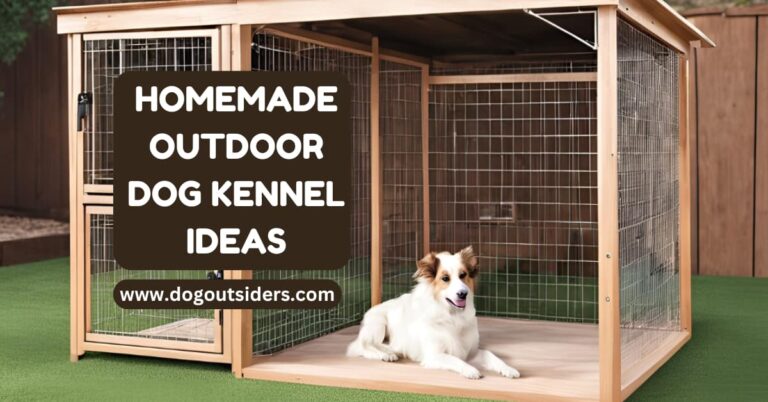
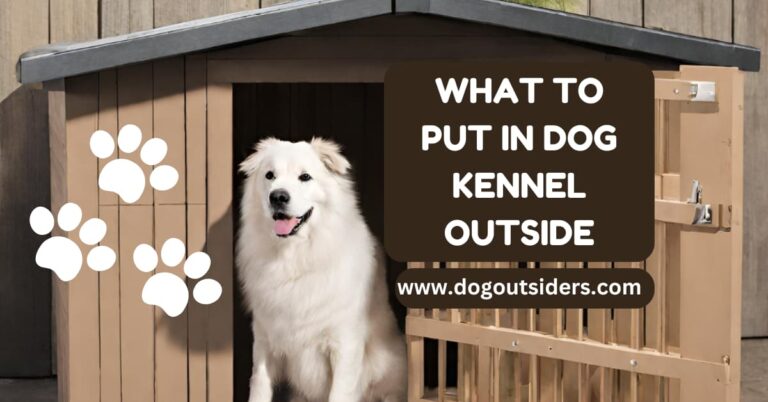
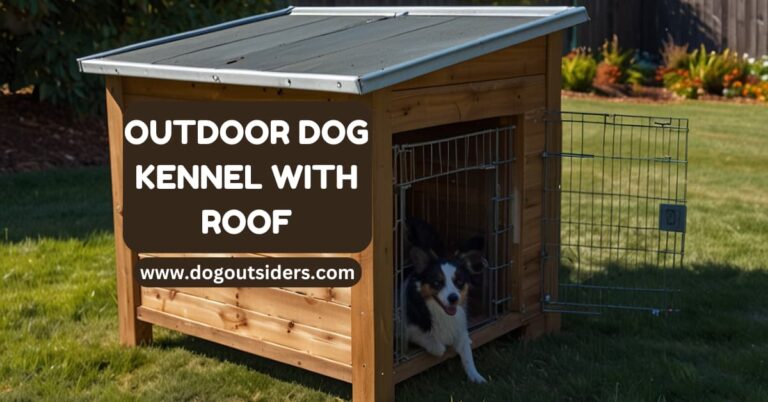
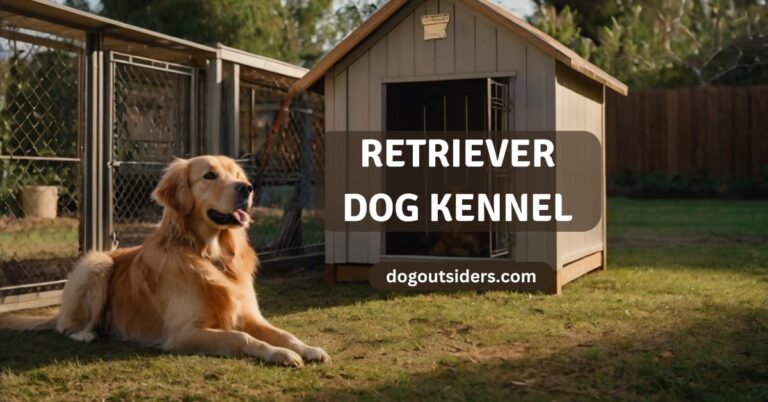
2 Comments